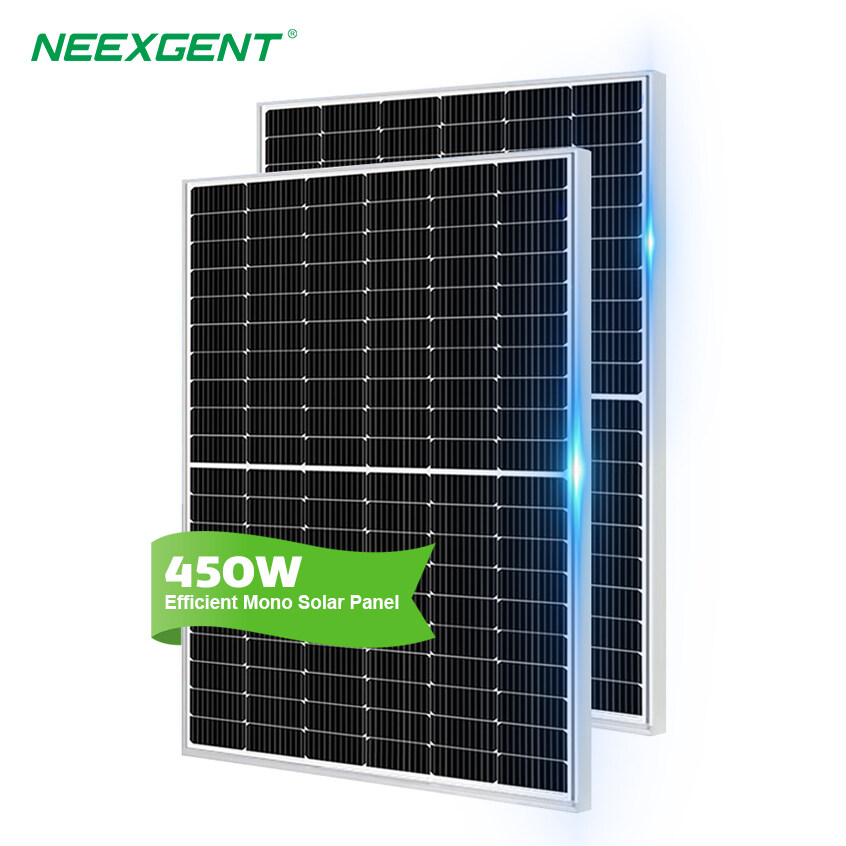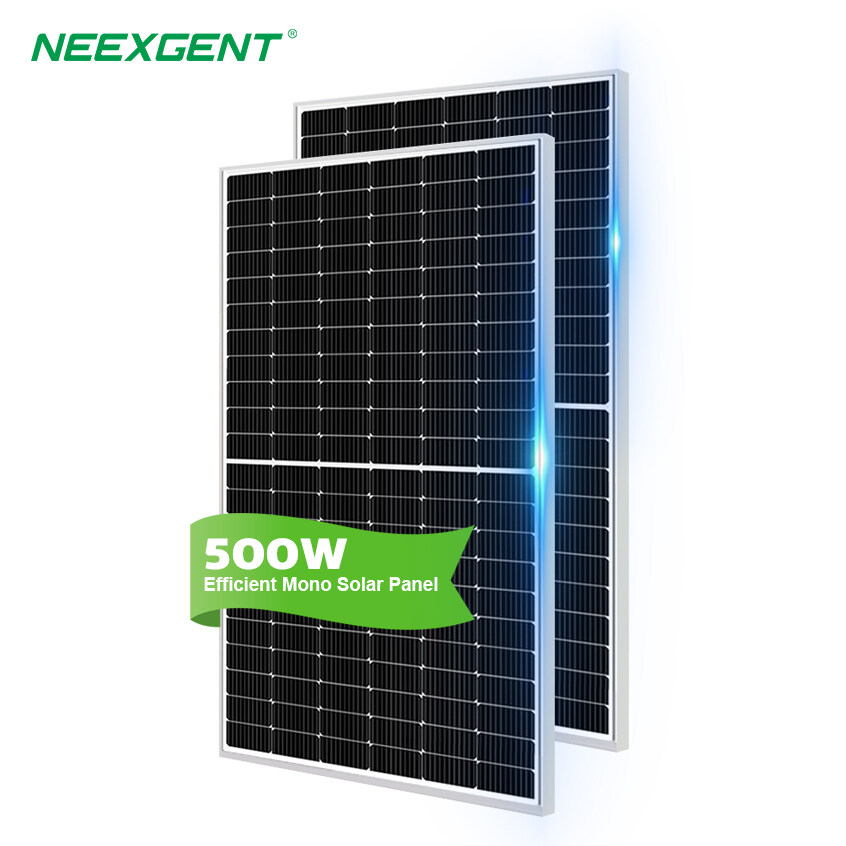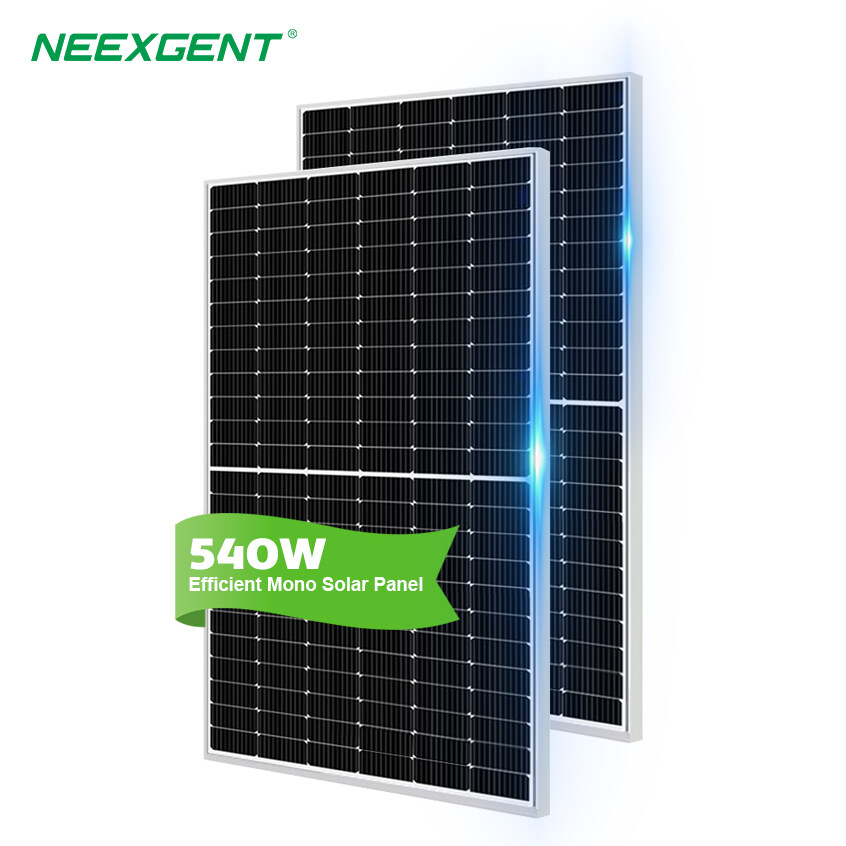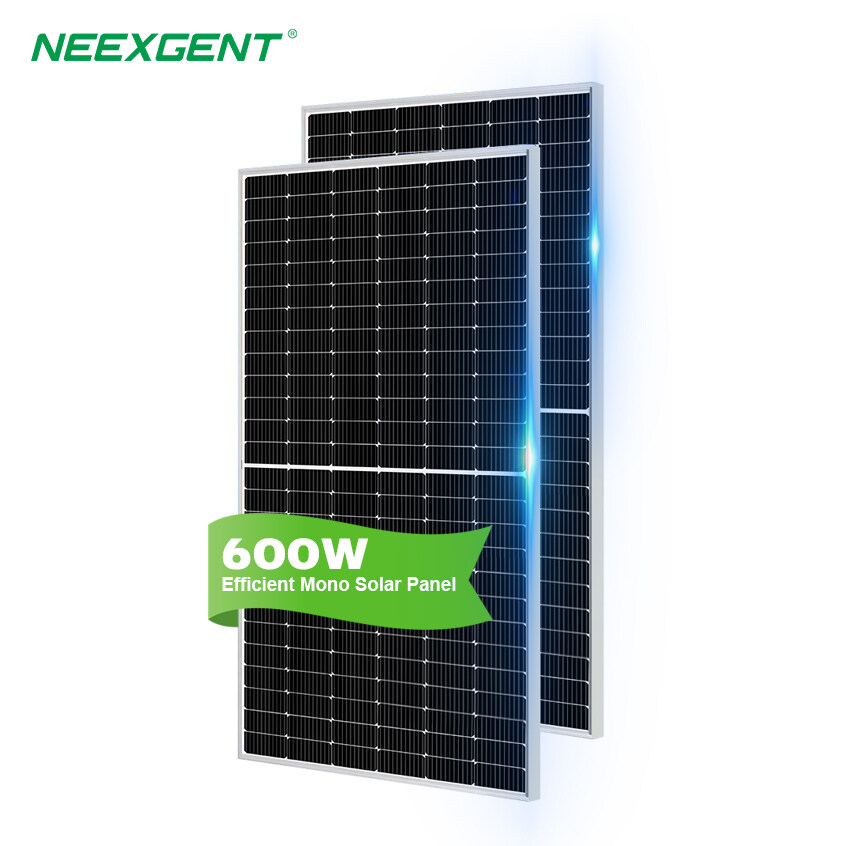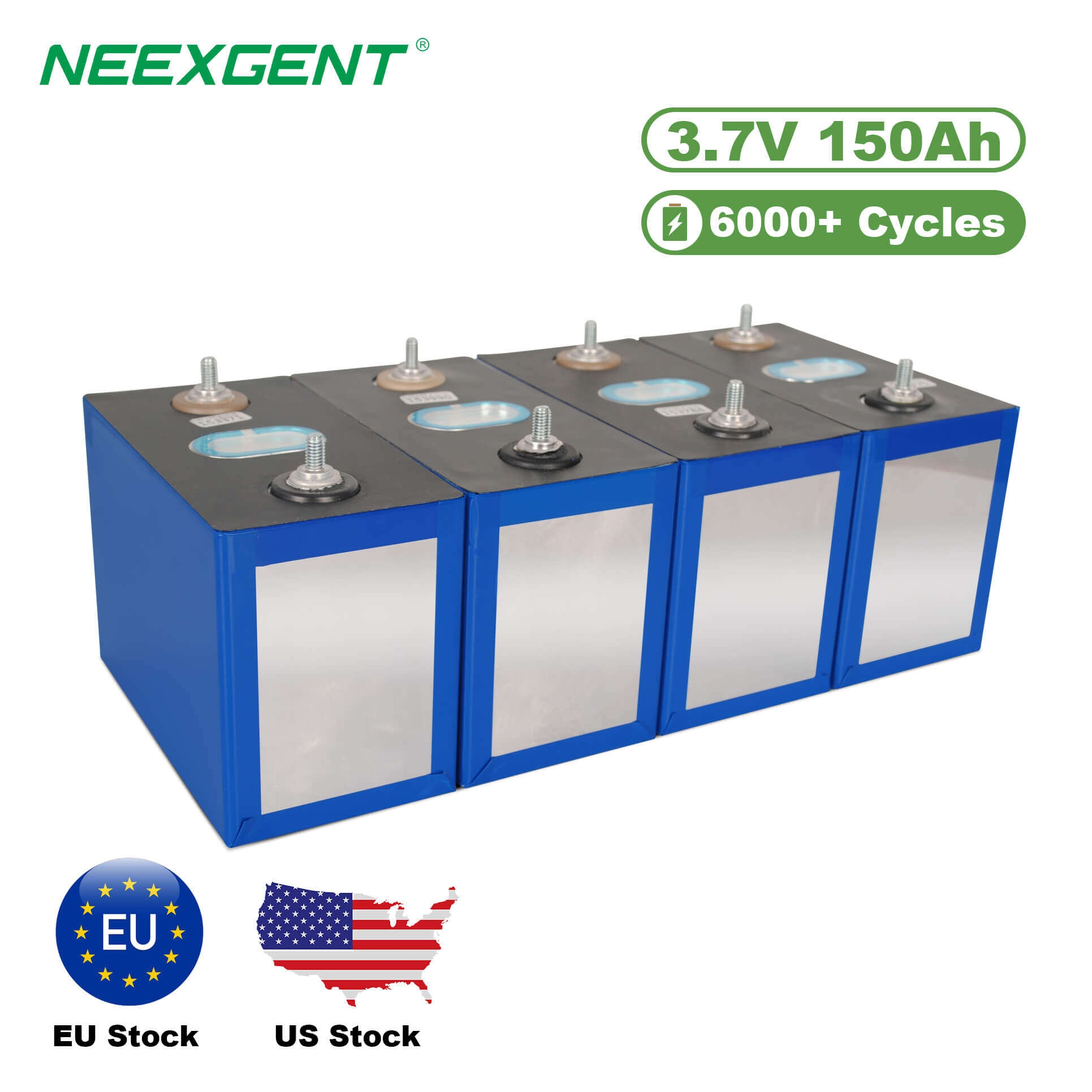Solar panel flooring refers to the incorporation of photovoltaic (PV) cells into floor materials, allowing surfaces to generate electricity from sunlight. Unlike traditional solar panels that are mounted on rooftops or in open fields, solar floor panels are designed to be durable, walkable, and aesthetically pleasing, while still capturing solar energy efficiently.
These flooring systems are constructed using advanced materials that encapsulate the PV cells beneath a transparent, impact-resistant surface. This surface is often made of tempered glass or a composite material engineered to withstand foot traffic, moisture, and temperature fluctuations. The underlying PV cells convert solar radiation into electrical energy, which can be used to power lighting, appliances, or even be stored for later use.
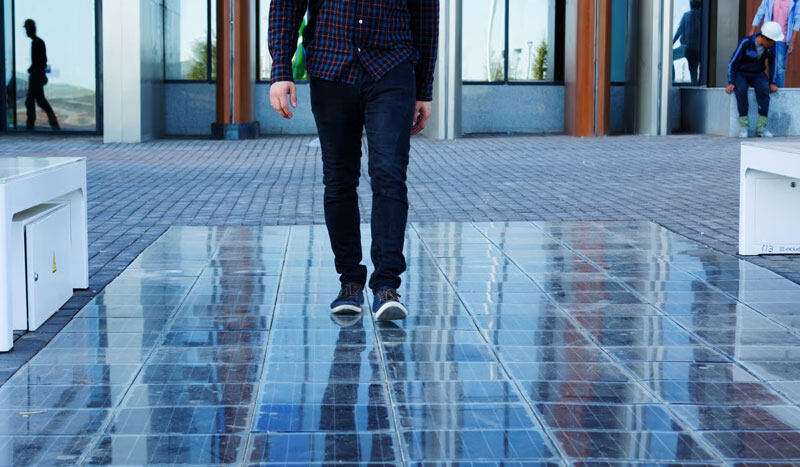
Applications and Use Cases
Solar panel flooring is particularly appealing in urban environments where rooftop space is limited or in buildings with design constraints that make traditional solar installations challenging. Common applications include:
-
Public Walkways and Plazas: High-traffic outdoor areas such as sidewalks, plazas, and courtyards can be outfitted with solar flooring to contribute to public lighting and reduce grid dependency.
-
Commercial Buildings: Shopping malls, office complexes, and transit stations can integrate solar floors to generate energy while enhancing their sustainability image.
-
Residential Homes: Though less common at this stage, solar flooring in homes may be used in patios, driveways, or even indoors in sunlit rooms.
-
Smart Cities: Integrated into smart city infrastructure, solar flooring can support data collection, traffic management systems, and energy-efficient public amenities.
Advantages of Solar Panel Flooring
-
Dual Functionality: Solar floors serve a dual purpose—as a walkable surface and as an energy generator. This dual use optimizes available space, particularly in crowded urban areas.
-
Aesthetic Integration: Unlike bulky rooftop panels, solar flooring can blend seamlessly with architectural and interior design elements. Some systems even allow for customization in color and pattern.
-
Sustainable Urban Design: Incorporating solar panel flooring into city planning can contribute significantly to reducing carbon emissions and achieving renewable energy targets.
-
Energy Autonomy: Solar flooring can provide partial or full energy autonomy to buildings, reducing electricity bills and dependence on the traditional power grid.
-
Durability and Safety: Engineered for foot traffic, these floors are made to be slip-resistant, weatherproof, and long-lasting.
Challenges and Considerations
While solar panel flooring presents an exciting avenue for sustainable development, there are challenges to address:
-
Cost: The initial investment for solar flooring is currently higher than traditional flooring or rooftop solar due to the complexity of materials and installation.
-
Efficiency: Floor panels are often not optimally angled to the sun, reducing their efficiency compared to tilted rooftop systems. However, innovations in PV technology continue to improve performance.
-
Maintenance: While designed to be durable, solar floors in outdoor settings may require regular cleaning and maintenance to ensure optimal sunlight absorption.

Comparison with Traditional Flooring Materials
In comparison to materials like ceramic tiles, wood, or even PVC vinyl flooring, solar panel flooring offers added value through its energy-generating capabilities. While PVC vinyl flooring is a popular choice for its affordability, ease of installation, and water resistance, it does not contribute to energy sustainability. By contrast, solar flooring merges functionality with environmental responsibility, positioning itself as a future-forward solution for eco-conscious developers and homeowners.
Environmental and Economic Impact
Installing solar panel flooring can have a measurable impact on reducing greenhouse gas emissions. In commercial and public settings, this type of flooring can generate significant amounts of clean energy, offsetting fossil fuel use and lowering operating costs. Over time, as production scales and technology advances, the cost of solar flooring is expected to decrease, making it a more economically viable option for a broader audience.

